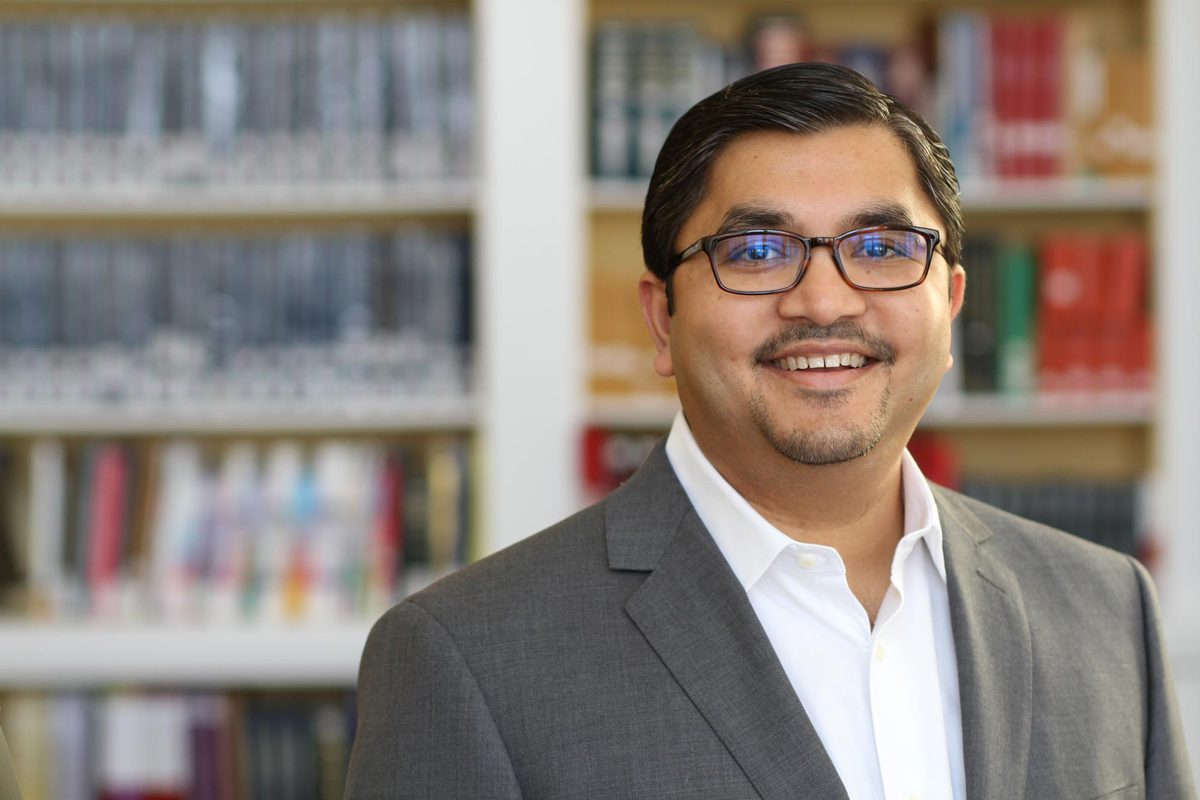Another day, another new streaming video platform.
An industry that Netflix once largely had to itself is now crowded with competition. New entrants with established names are making big bets on their ability to crack into the space.
In November, the streaming landscape will receive a jolt when Disney Plus launches, promising consumers streaming access to Disney’s vast content library for $6.99 a month. The next year will bring more streaming services, with the planned launch of HBO Max and NBC Universal’s Peacock platform, among others.
Raj Venkatesan, a professor at the University of Virginia’s Darden School of Business, recently published a Darden Business Publishing case on the Netflix-Disney Plus competitive dynamic and has written extensively on the value of keeping and retaining a customer in a competitive digital market.
Venkatesan shared his thoughts on the state of the market and likely future developments.
Q. What should consumers expect as these so-called “streaming wars” heat up?
A. The value for the consumer is going to increase. As there is more competition, more value is created for consumers, and they are going to have more choice.
On the downside, consumers would probably like to have everything in one place. Now, you have to go to different places to access different content.

Raj Venkatesan, a Darden School of Business professor, recently wrote about the Netflix-Disney Plus competitive dynamic. (Contributed photo)
There is the potential for an aggregator to show up and be like the old cable channels in the streaming world pulling together shows across platforms in one place. Cable lost steam when it didn’t adapt to the new reality, and its pricing was so different than what the streaming companies were doing.
With so much content available on so many platforms, how the customer discovers and finds new content becomes an essential aspect of the platform’s success.
As you get more consumers and suppliers on a platform, the onus on the platform is to match the preferences of the consumer with the features of the supplier to make the match between the needs and the products that satisfy the needs.
In terms of streaming, if each of these platforms have different content, do consumers want to sift through vast numbers of options on vast numbers of platforms in their free time?
Anyone who can match consumer needs with providing them the right content at the right time is going to win.
Q. You're an expert in determining customer value. What does customer lifetime value look like in the context of streaming wars in 2019? Is that still an optimal metric for success?
A. The notion of customer retention gets even more important when there is more competition. Customer lifetime value is important as a way to evaluate a business, particularly when it comes to a subscription model.
Most digital businesses receive a flat fee from the customer every month. The value the customers provide is higher if they stay with the business longer – under reasonable cost assumptions.
In a purely digital platform, the cost to serve is almost zero, so keeping the customer engaged on the platform is the most important goal.
That’s why customer lifetime value becomes important. From the company’s perspective, it gives you a way of understanding how long the customer is going to be on a platform, how much money you can make from a single customer, how much you need to invest to acquire a new customer and what the long-term value of the business is.
When you have new competition constantly trying to take your customers, the emphasis on retention and what drives it becomes even more important.
Q. Beyond the library of content, how important are the technologies and algorithms powering the platform?
A. That gives you the real critical advantage – understanding what the customer wants, and anticipating and offering the next content they want to watch.
Think of it as three waves. The first wave was analog. Imagine watching a travel show on TV and using it to help plan your vacation. That was wave one, in which you’re lucky if your preferences align with what the travel show happens to be highlighting.
Then, the digital wave – wave two – hits, and now everything is on Google, and there are review sites and you can do endless research online. The power is now in the consumer’s hands, but when a consumer searches “hotels in D.C.,” they get millions of hits.
How do you look through all the results and know where to go? People have difficulty making choices.
Now you have wave three: companies like HotelTonight that give you 10 or 15 options matched to your preferences.
Similarly, in home entertainment, exposure to too many choices can be overwhelming; it’s custom choices that solve a problem for the customer. So if you go to Netflix, you don’t see everything. It’s customized to your choices. It’s the curation wave. And it’s not easy. You need data. You need algorithms. You need to be able to personalize every aspect of the customer experience.
That is where the value of data and matchmaking comes from. And then there is the network that is formed from the data – the value that you get is, in part, from the other 150 million customers Netflix has.
If you go to a new platform, they have to learn you first. And not only you, but others have to move en masse to get the same value you will get from Netflix, which is very difficult – unless you are a big brand like Disney.
Q. Have the barriers to entry become significant?
A. Yes, for an upstart, though Disney may be able to move consumers because they have content franchises and they have relationships with consumers that they have built for decades.
But for a new company, the first step is to get consumers to use its platform. Then it has to start using the data and do the matchmaking, and that will take another few years.
Even with the power of Disney, it will take some time and effort. That’s the power of the network effect and the exponential returns from data that Netflix has been able to amass over time; its recommendation system and use of user preference data are incredibly valuable.
Q. How do you see this industry evolving? Will there be two winners, like a Lyft and an Uber, or will it fracture into a hundred channels like cable television?
A. You can be in multiple platforms at the same time if you are a consumer. You could have Netflix, Hulu, Disney and Amazon, all at the same time. The constraint is going to be the budget you are willing to pay.
My prediction is consumers will have a few of them. You’ll have a basket of streaming services. It won’t become a single one. Consumers like to have that choice.
Netflix’s dominance might diminish, but it will be formidable.
One brand does not need to dominate.
Media Contact
Article Information
October 16, 2019
/content/streaming-wars-5-questions-netflix-disney-plus-and-future-online-video

